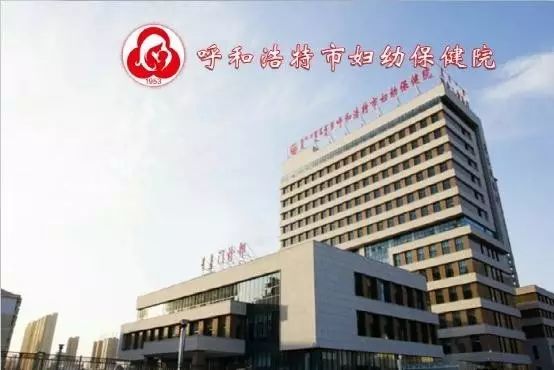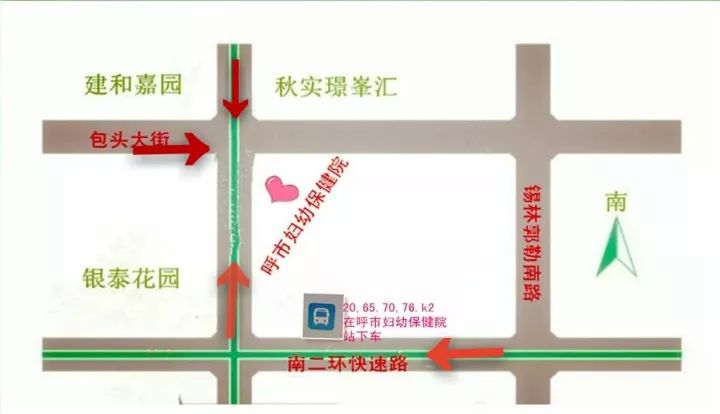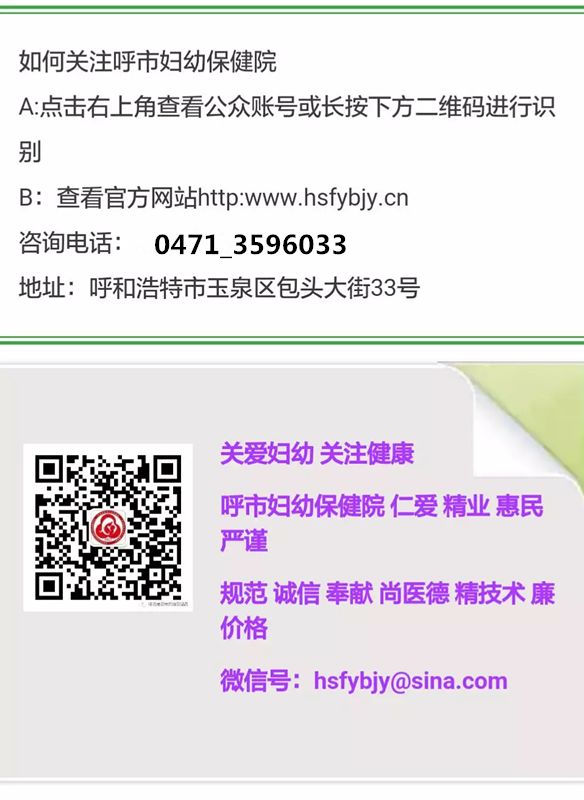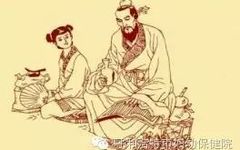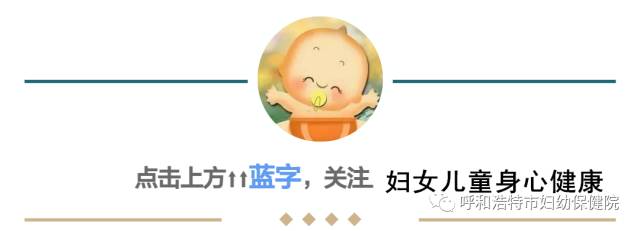

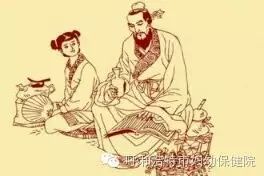
Cupping therapy has a long history and is an important component of non-pharmaceutical folk remedies in traditional Chinese medicine (TCM). Cupping therapy, known in ancient times as “Jiao Fa,” is first documented in the ancient medical text “Fifty-Two Disease Formulas” unearthed from the Han tomb of Mawangdui in Changsha, Hunan. It describes the use of horns to treat hemorrhoids: “The hemorrhoids are located beside the orifice (anus), the larger ones are like jujubes, and the smaller ones like jujube pits. Use a small horn to suck them out, as if preparing two dou of rice, and then open the horn, tie it with a small rope, and cut it with a knife…” This indicates that the horn method was an effective measure to suck out the hemorrhoid core for surgical ligation and removal.
1. The Principle of Cupping Therapy—Vacuum Negative Pressure Principle
Regardless of whether the tools used are horns, bamboo tubes, glass jars, or plastic cups, the physical principle remains the same: air is removed or burned from inside the cup, creating a certain degree of vacuum, which reduces the local pressure at the site of the cup. The pressure inside and outside the body tends to reach a relative balance; when the pressure inside the cup is reduced, the higher internal pressure pushes the local tissue into the cup. This suction force created by the reduced pressure inside the cup is called negative pressure or vacuum negative pressure.
2. Effects of Cupping Therapy
(1) Unblocking Meridians
Cupping therapy can guide the flow of Qi and blood by using negative pressure to attract the Qi of the body surface, promoting the circulation of Qi and blood in the meridians, clearing stagnation, and mobilizing the body’s vital energy. It nourishes tissues and organs on the surface, warms the skin, invigorates the internal organs, and strengthens the body’s resistance to pathogens, as the saying goes, “When the righteous Qi is present, evil cannot invade.” Clinically, the effects are particularly evident in meridian cupping, moving cupping, and bloodletting cupping methods.
(2) Expelling Evil and Supporting Righteousness
The main function of cupping therapy is to expel various internal and external evils, including the six excesses of wind, cold, heat, dampness, dryness, and fire, as well as phlegm, blood stasis, and food accumulation. Through cupping therapy, evils can be expelled, and righteousness can be stabilized. The expulsion of evils is mainly achieved through various cupping techniques, while supporting righteousness relies on points with tonifying effects, often combined with other therapies like moxibustion. For example, for bi syndrome caused by wind, cold, and dampness, bloodletting cupping can be performed at the painful area (Ah Shi point) or along the sides of the spine to remove the pathogenic factors, allowing Qi and blood to circulate normally and leading to self-healing of the pain. Clinically, bloodletting cupping is the most effective method for expelling evils.
(3) Adjusting Yin and Yang
Cupping therapy adjusts Yin and Yang through the compatibility of meridian points and by combining with other therapies. For instance, warming Yang to expel cold can be done at the Guanyuan point, while clearing Yang heat can be done at the Dazhui point. For diarrhea caused by spleen and stomach deficiency and cold, points along the Stomach Meridian of the Foot Yangming and the Spleen Meridian of the Foot Taiyin can be selected, along with back points such as Pishu, Weishu, Tianshu, and Zusanli, and moxibustion can be applied before and after cupping to warm Yang and disperse cold.
3. Types of Cupping Tools
In terms of cupping tools, ancient materials included animal horns, bamboo cups, ceramic jars, and metal cups (which are rarely used clinically due to their high cost and quick heat conduction). Modern tools include glass cups, rubber cups, plastic cups, high-grade resin cups, and suction devices. The most commonly used are glass and plastic cups.
Glass Cups: These are made from heat-resistant hard glass and are shaped like a ball with a large belly and a small mouth, with smooth edges that slightly protrude outward. They come in three sizes and can also be replaced with wide-mouth jars. The advantages include transparency, allowing observation of the degree of skin congestion and bruising during use, and good suction power due to the smooth rim. They are widely used today.
Negative Pressure Suction Cups: One type is specially made cups available in pharmacies; another is homemade cups made from penicillin or similar small bottles, with the bottoms cut and smoothed. The rubber stopper at the mouth must remain intact for suction. Currently, transparent plastic cups with pistons for easy suction are available. Their advantages include being lightweight, portable, and unbreakable, with no risk of burns. However, they lack warmth and are not suitable for certain techniques.
Additionally, various forms and functions of cups have emerged. Miniature cups can be used for the head and face based on the principle of holography; whole-body cups are said to accommodate the entire body and can be used in clinical research for patients with low or high blood pressure; special-shaped cups are designed for specific areas like fingers, toes, hands, feet, and joints. There are also ear cups, nasal cups, anal cups, and specially designed cups for reproductive organs. Although these have not yet been widely adopted, they offer targeted applications, are practical, and can achieve good therapeutic effects.
4. Cupping Techniques
(1) Retention Cupping
Retention cupping, also known as sitting cupping, is the most commonly used cupping method in acupuncture clinics and can be applied to various diseases. The cup is applied to the skin and left in place for 10-15 minutes before being removed. Traditional Chinese medicine believes this method has effects such as unblocking meridians, promoting Qi and blood circulation, reducing swelling and pain, expelling wind and cold, and detoxifying heat. It has been recognized clinically. Retention cupping is the most commonly used method and has the broadest application, making it valuable for clinical promotion.
(2) Moving Cupping
Moving cupping, also known as gliding cupping, involves applying a lubricant like petroleum jelly to the intended area, then using the suction method to attach the cup. The practitioner holds the cup and applies even pressure to move it back and forth along a designated path until the skin in the cupped area becomes red, congested, or even bruised, at which point the cup is removed.
Moving cupping is a form of cupping therapy and represents an evolution of traditional cupping methods. It combines the effects of cupping, guasha, moxibustion, and tui na, and is widely used clinically. There are also various moving cupping methods such as single cup, multiple cups, rotating cups, warm cupping, and vibrating cupping, applicable to a wide range of conditions including cervical spondylosis, facial nerve paralysis, lumbar myofascial inflammation, ankylosing spondylitis, low back pain, insomnia, and shoulder periarthritis.
(3) Flash Cupping
Flash cupping involves applying the cup to the selected area and immediately removing it, then quickly reapplying and removing it repeatedly until the skin becomes red. Flash cupping is often used for deficiency-cold conditions, muscle atrophy, or points that require focused stimulation. Because it does not leave cupping marks, it is flexible, comfortable for patients, and well-accepted, making it frequently used in the treatment of peripheral facial paralysis.
(4) Bloodletting Cupping
Bloodletting cupping involves local disinfection, followed by puncturing the skin with a three-edged needle or a thick needle to induce bleeding, after which the cup is applied to the bleeding site to enhance the therapeutic effect of bloodletting.
The effects and indications of bloodletting cupping are very broad, including promoting blood circulation, clearing heat, and expelling evils. Bloodletting cupping is particularly effective for early or acute conditions where pathological changes are reversible. However, if the condition has persisted for a long time, leading to irreversible changes in nerve axons and myelin sheaths, the therapeutic effect may be poor. Therefore, it is essential to understand its indications; bloodletting cupping is suitable for conditions involving blood stasis and obstruction, regardless of whether they are cold, heat, deficiency, or excess. As long as there are signs of Qi and blood stasis, it can be applied.
Studies have shown that this therapy can treat soft tissue sprains, lumbar disc herniation, cervical spondylosis, tennis elbow, acne, herpes zoster, psoriasis, facial nerve paralysis, and diabetic peripheral neuropathy. In summary, bloodletting cupping therapy covers a wide range of conditions, including lung diseases, brain diseases, pain syndromes, and skin diseases, and has significant effects on pain relief, as well as good efficacy for chronic and long-standing diseases. This therapy is convenient to use, easy to promote, and has definite therapeutic effects.
(5) Retained Needle Cupping
Retained needle cupping, abbreviated as needle cupping, involves leaving a needle in place while applying a cup over the needle for 5-10 minutes. Once the skin becomes red, congested, or bruised, the cup is removed, followed by the removal of the needle. This method combines the effects of acupuncture and cupping.
(6) Medicinal Cupping
Medicinal cupping involves placing a certain amount of medicinal liquid, often about half the volume of the cup, such as ginger juice, chili liquid, or rheumatic wine, into the suction cup, or preparing it as needed, and then performing the suction method to attach the cup to the skin.
5. Indications for Cupping Therapy
Common indications include:
Internal diseases: colds, fevers, heatstroke, acute and chronic bronchitis, bronchial asthma, hypertension, arteriosclerosis, facial nerve paralysis, headaches, trigeminal neuralgia, neurasthenia, sequelae of stroke, vomiting, constipation, gastrointestinal spasms, chronic appendicitis, chronic diarrhea, chronic hepatitis, urinary retention, urinary incontinence.
Surgical diseases: furuncles, carbuncles, abscesses, ulcers, erysipelas, hemorrhoids, prolapse of the rectum, insect and snake bites.
Gynecological diseases: irregular menstruation, dysmenorrhea, leukorrhea, amenorrhea, pelvic inflammatory disease, functional uterine bleeding, postpartum conditions, menopausal syndrome, mastitis.
Pediatric diseases: fever, anorexia, diarrhea, indigestion, enuresis, whooping cough, epidemic mumps.
Others: low back pain, lumbar muscle strain, degenerative joint disease, shoulder periarthritis, rheumatoid arthritis, cervical spondylosis, soft tissue strain.(Department of Integrated Traditional Chinese and Western Medicine, Hohhot Maternal and Child Health Hospital)

